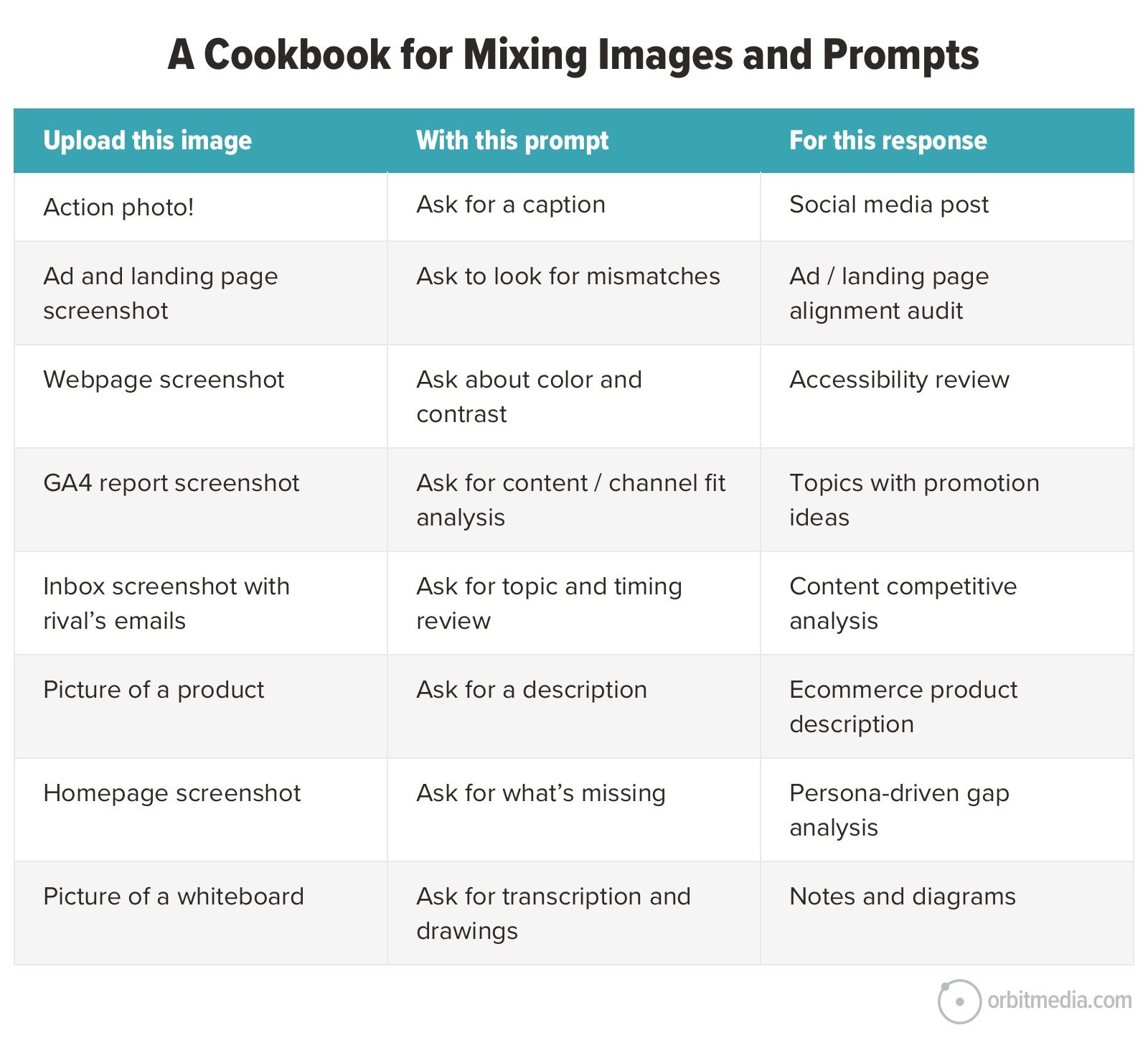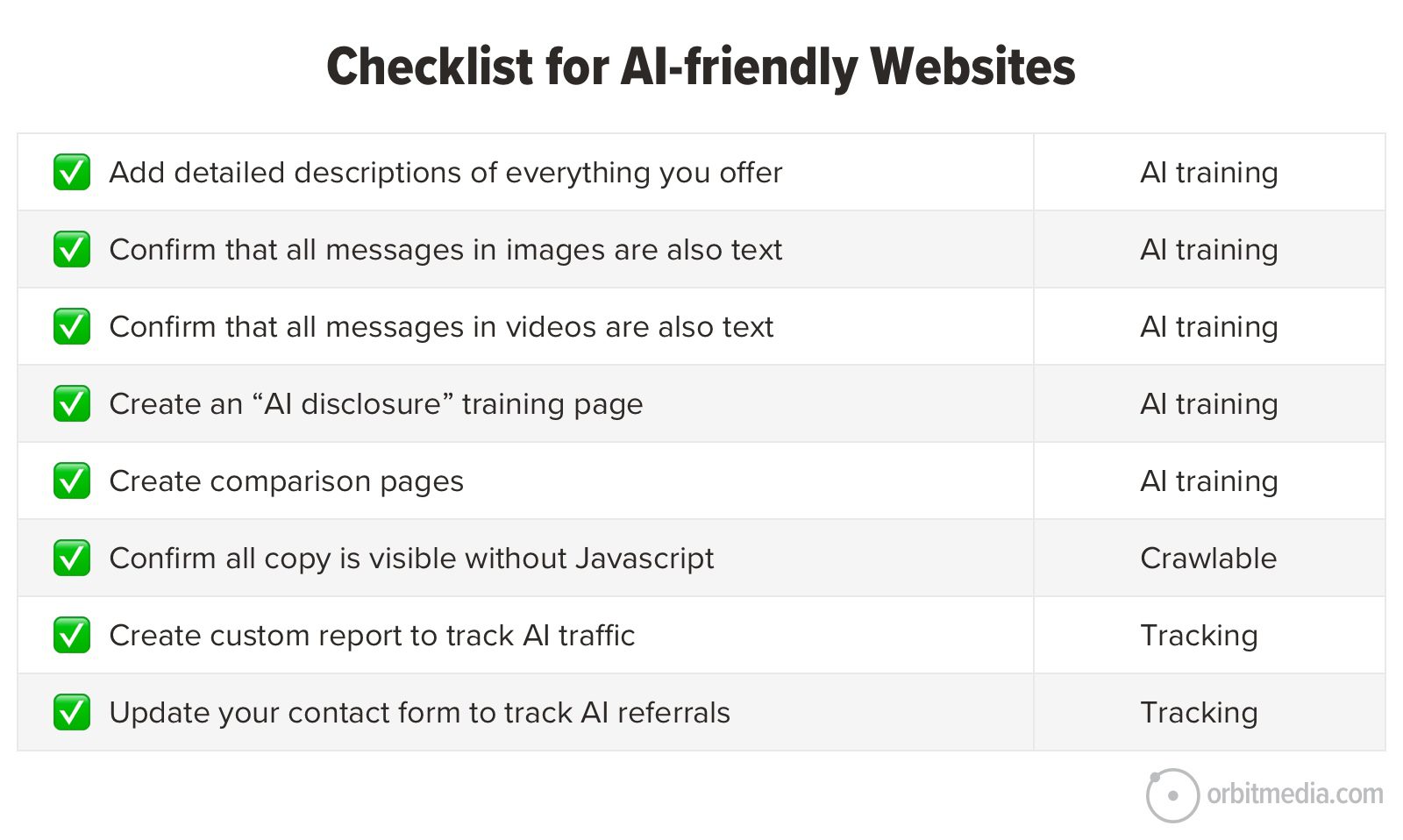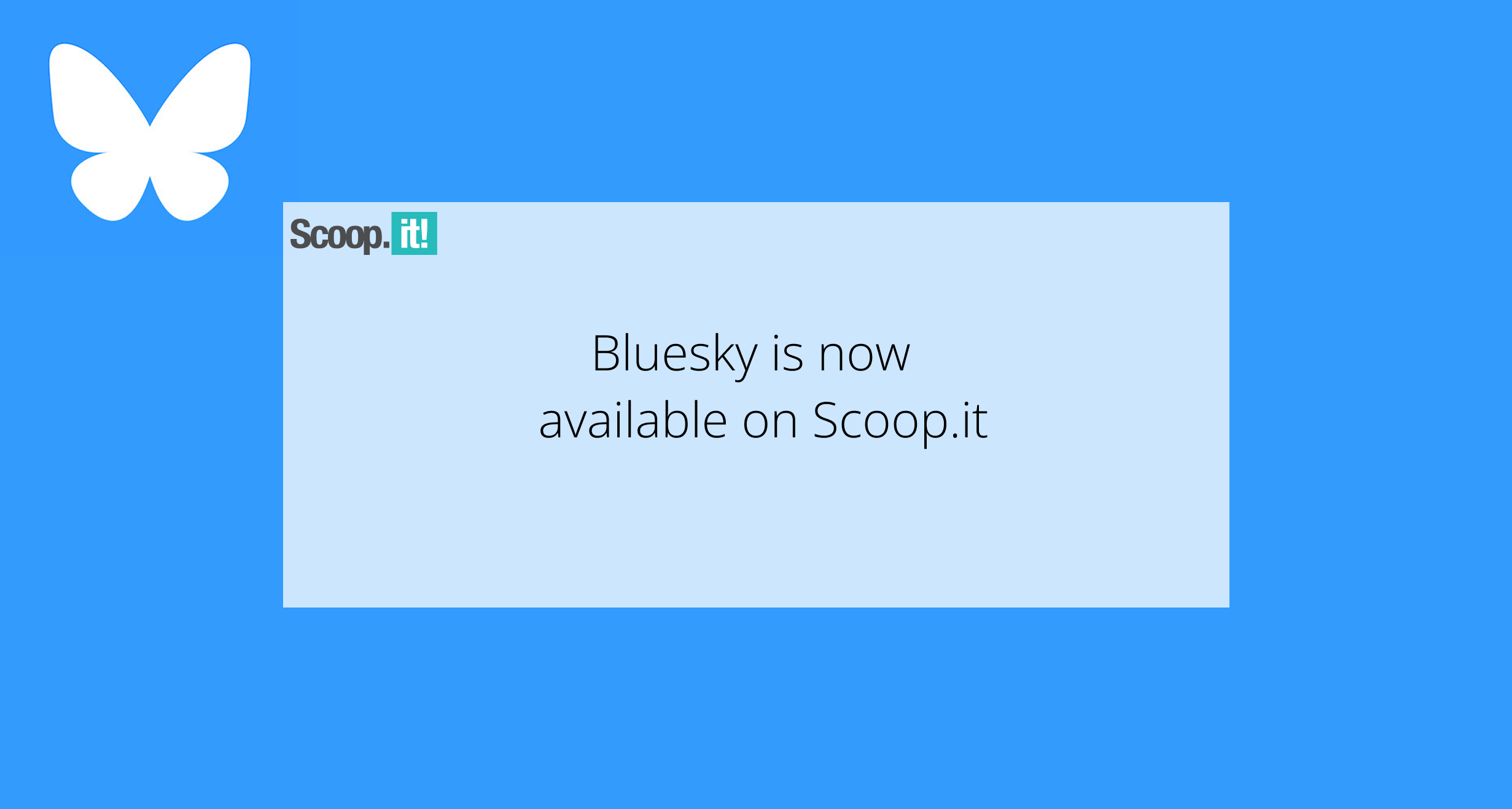Middle managers are facing a ‘perfect storm’ for burnout, here’s how to help them
We’ve all heard the familiar directive: “We’re going through another reorganization and will be cutting 20% of headcount, but priorities remain the same and, in fact, may expand.” Meanwhile, you’re being told to “just make it work” without offering additional resources, guidance, or support. This conversation, unfortunately, isn’t unique. It represents the silent crisis engulfing middle management across America. Middle managers—who oversee 90% of the U.S. workforce—are facing unprecedented challenges in 2025. Recent KPMG data reveals nearly one-third are actively disengaged, while 62% report unsustainable stress levels as they struggle with expanded responsibilities amid shrinking teams. At the same time, Gallup’s findings show employee dissatisfaction at 15-year highs. The economic uncertainty plaguing the U.S. has created a perfect storm for middle management burnout. Organizations are seemingly undergoing constant reorgs and scrambling to eliminate redundancies, optimize productivity and reduce resources to do more with less. Middle managers find themselves caught between the demands from top leadership to cut costs and maintain output while keeping their teams productive and motivated at the same time. “The concrete middle” Middle managers are what I call “the concrete middle”—the foundation bearing pressure from both the top echelon of organizations and the functions and teams reporting to them. They understand the real flow of work, the network connections, and who the true “magic makers” are in the organization. They’re facing tightening budgets from above while trying to maintain an engaged, high-performing workforce below. What makes this crisis particularly acute in 2025 is that the job market is reported as “healthy” but remains very tight. Employers may be in a wait-and-see mode, and struggling leaders may not see viable alternatives. This creates a dangerous apathy—what I’ve observed as “doing just enough to survive.” But here’s the concern: When the pendulum swings the other way and market conditions improve, companies will feel real pain—because employees remember. They remember which organizations honored their values during difficult times and which simply treated people as disposable resources. Break the cycle of disempowerment One of the biggest challenges middle managers face is maintaining a sense of autonomy and growing their employees’ talent and potential. How do you keep top talent feeling they can contribute meaningfully and advance their careers amid constant change and disruption? The truth is, during volatile periods, trust and empowerment often take a back seat to numbers. While financial responsibility is certainly necessary, organizations need a more nuanced approach—particularly for functions that drive growth. During these unprecedented times, I’ve coached leaders to advocate and empower themselves by harnessing this moment as a chance to reinvent and reimagine how their work is being done. Because amid the volatile and unpredictable times lies opportunity—an opportunity to change and employ new strategies, tactics, and ways of working that may not have been supported during more stable, constant, and calm periods. Middle managers, with their unique vantage point, often see possibilities that senior leadership overlooks or never considers. We need to give them the tools, trust, and ability to reimagine their work in ways that might actually achieve growth in a down period while achieving cost savings by simply doing things differently and better. This approach requires a fundamental shift in perspective—from viewing middle managers as mere implementers to recognizing them as the crucial bridge between strategy, execution, and market growth. Move from platitudes to real development Many middle managers have been told, “Nobody owns your development but you.” Translation: It’s up to you to grow yourself, learn, and improve. Traditional leadership development approaches are not meeting the needs of today’s leaders. The solution isn’t another perfunctory annual performance-review exercise—it’s creating intentional support systems that address well-being, professional growth, trust, and empowerment. Organizations must implement scenario planning into their talent management process. This means preparing leaders for all market conditions—growth, stable, uncertain, and competitive landscapes. Building this muscle prevents paralysis during challenging times and empowers managers to push for a strategic repositioning of their teams to restructure, realign, and optimize team performance. The development of top talent isn’t just about surviving difficult periods—it’s about positioning them to deliver in different ways that might not have been possible before. In times of disruption, there’s often more support and openness for working differently, adopting new tactics, approaches, and novel ways of working than during periods when busi

We’ve all heard the familiar directive: “We’re going through another reorganization and will be cutting 20% of headcount, but priorities remain the same and, in fact, may expand.” Meanwhile, you’re being told to “just make it work” without offering additional resources, guidance, or support.
This conversation, unfortunately, isn’t unique. It represents the silent crisis engulfing middle management across America.
Middle managers—who oversee 90% of the U.S. workforce—are facing unprecedented challenges in 2025. Recent KPMG data reveals nearly one-third are actively disengaged, while 62% report unsustainable stress levels as they struggle with expanded responsibilities amid shrinking teams. At the same time, Gallup’s findings show employee dissatisfaction at 15-year highs.
The economic uncertainty plaguing the U.S. has created a perfect storm for middle management burnout. Organizations are seemingly undergoing constant reorgs and scrambling to eliminate redundancies, optimize productivity and reduce resources to do more with less. Middle managers find themselves caught between the demands from top leadership to cut costs and maintain output while keeping their teams productive and motivated at the same time.
“The concrete middle”
Middle managers are what I call “the concrete middle”—the foundation bearing pressure from both the top echelon of organizations and the functions and teams reporting to them. They understand the real flow of work, the network connections, and who the true “magic makers” are in the organization. They’re facing tightening budgets from above while trying to maintain an engaged, high-performing workforce below.
What makes this crisis particularly acute in 2025 is that the job market is reported as “healthy” but remains very tight. Employers may be in a wait-and-see mode, and struggling leaders may not see viable alternatives. This creates a dangerous apathy—what I’ve observed as “doing just enough to survive.”
But here’s the concern: When the pendulum swings the other way and market conditions improve, companies will feel real pain—because employees remember. They remember which organizations honored their values during difficult times and which simply treated people as disposable resources.
Break the cycle of disempowerment
One of the biggest challenges middle managers face is maintaining a sense of autonomy and growing their employees’ talent and potential. How do you keep top talent feeling they can contribute meaningfully and advance their careers amid constant change and disruption?
The truth is, during volatile periods, trust and empowerment often take a back seat to numbers. While financial responsibility is certainly necessary, organizations need a more nuanced approach—particularly for functions that drive growth.
During these unprecedented times, I’ve coached leaders to advocate and empower themselves by harnessing this moment as a chance to reinvent and reimagine how their work is being done. Because amid the volatile and unpredictable times lies opportunity—an opportunity to change and employ new strategies, tactics, and ways of working that may not have been supported during more stable, constant, and calm periods. Middle managers, with their unique vantage point, often see possibilities that senior leadership overlooks or never considers. We need to give them the tools, trust, and ability to reimagine their work in ways that might actually achieve growth in a down period while achieving cost savings by simply doing things differently and better.
This approach requires a fundamental shift in perspective—from viewing middle managers as mere implementers to recognizing them as the crucial bridge between strategy, execution, and market growth.
Move from platitudes to real development
Many middle managers have been told, “Nobody owns your development but you.” Translation: It’s up to you to grow yourself, learn, and improve.
Traditional leadership development approaches are not meeting the needs of today’s leaders. The solution isn’t another perfunctory annual performance-review exercise—it’s creating intentional support systems that address well-being, professional growth, trust, and empowerment.
Organizations must implement scenario planning into their talent management process. This means preparing leaders for all market conditions—growth, stable, uncertain, and competitive landscapes. Building this muscle prevents paralysis during challenging times and empowers managers to push for a strategic repositioning of their teams to restructure, realign, and optimize team performance.
The development of top talent isn’t just about surviving difficult periods—it’s about positioning them to deliver in different ways that might not have been possible before. In times of disruption, there’s often more support and openness for working differently, adopting new tactics, approaches, and novel ways of working than during periods when business as usual comes with a playbook of what to do and how to do it.
Cut the consensus culture
Perhaps the most insidious barrier to middle-management effectiveness is what I call “consensus culture”—the endless cycle of meetings and layers of review and approvals that exist primarily to stroke egos rather than drive decisions and unleash innovation and potential.
During my time leading organizational development initiatives, we introduced the philosophy of GEPO (Good Enough, Proceed On). This wasn’t about compromising the operational excellence of what you’re doing, but about streamlining how ideas are socialized. Do you really need three to five meetings with people at all levels to make a decision? Can you eliminate the pre-meetings prior to the decision meetings and the “I’m just being informed” meetings that clog calendars without adding value?
By streamlining decision-making and trusting and empowering the people who own and support the work, organizations can reduce the time-to-decision and allow experts to take true accountability. This approach isn’t just about efficiency—it’s about restoring purpose and autonomy to the manager’s role while empowering them to do their jobs effectively with minimal bureaucracy.
In the absence of this trust, we handicap our middle managers. They become dependent on groupthink and consensus-driven approaches, operating in a highly risk-averse fashion because they fear making independent decisions without extensive backup and group support. This is the opposite of innovation—and organizations simply cannot afford this handicap if they want to innovate, disrupt, and improve performance.
Embrace AI as ally, not threat
The AI revolution adds another layer of complexity and also an opportunity for middle managers in 2025. Too often, leaders view these technologies through a lens of fear rather than as an efficient resource that enables productivity and output.
It’s a genuine fear of replacement. But I don’t believe AI will replace good managers. Instead, organizations must be transparent about AI’s business value while generating excitement about its possibilities. AI should be positioned as a complement to human talent—just like we would approach any new technology.
Leaders at the top need to create engagement and excitement around AI as a strategic lever that can help streamline processes and improve decision-making. This isn’t about replacing jobs but freeing up time and attention for the work that truly matters—the strategic thinking and human connection that AI can’t replace.
The path forward requires moving beyond traditional development approaches to build resilient leadership pipelines capable of sustaining organizations through continuous transformation. By elevating and empowering middle managers, companies can stabilize their operations while preparing for future challenges in an increasingly complex business environment.
The companies that will thrive in this era of disruption will be those that transform their middle management from a burnout risk into an innovation advantage through empowerment, trust, autonomy, and accountability for their work.













































































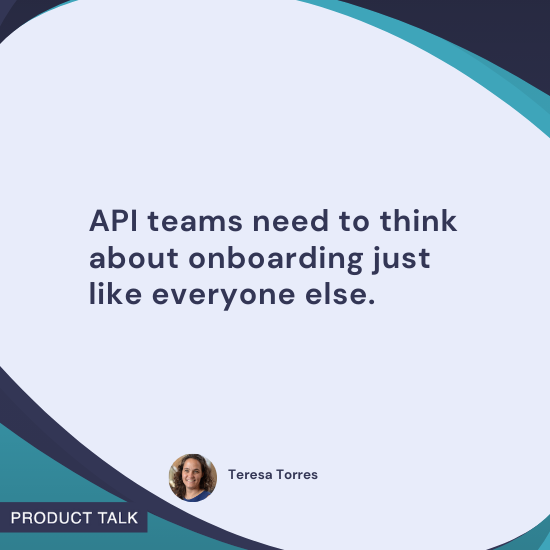


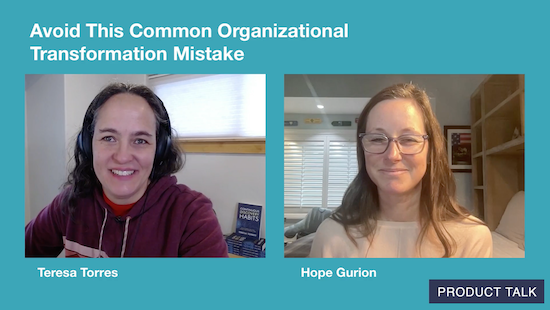



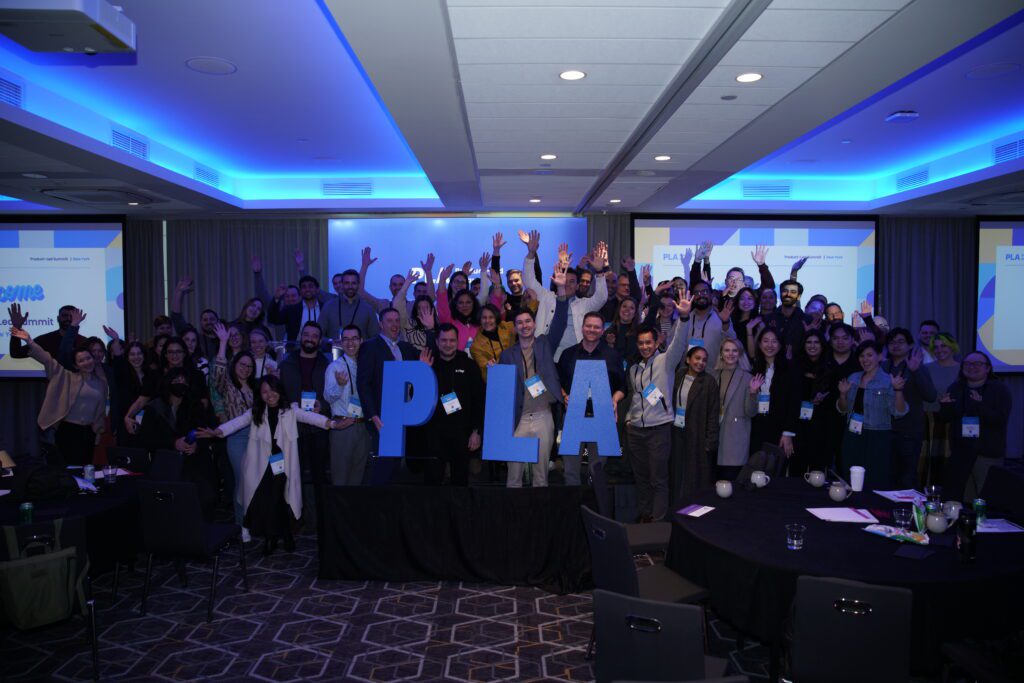











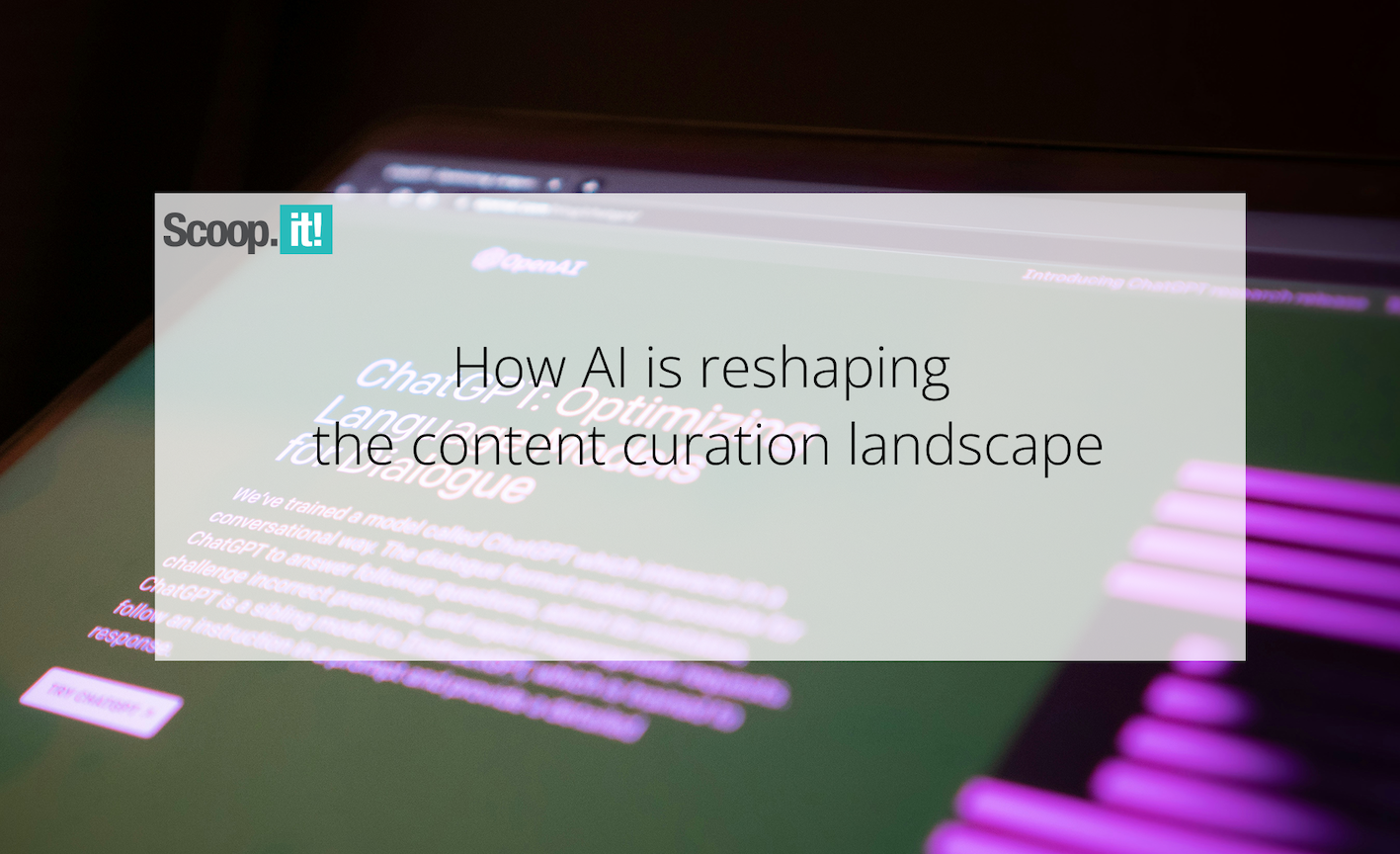
![Building A Digital PR Strategy: 10 Essential Steps for Beginners [With Examples]](https://buzzsumo.com/wp-content/uploads/2023/09/Building-A-Digital-PR-Strategy-10-Essential-Steps-for-Beginners-With-Examples-bblog-masthead.jpg)





![How One Brand Solved the Marketing Attribution Puzzle [Video]](https://contentmarketinginstitute.com/wp-content/uploads/2025/03/marketing-attribution-model-600x338.png?#)


